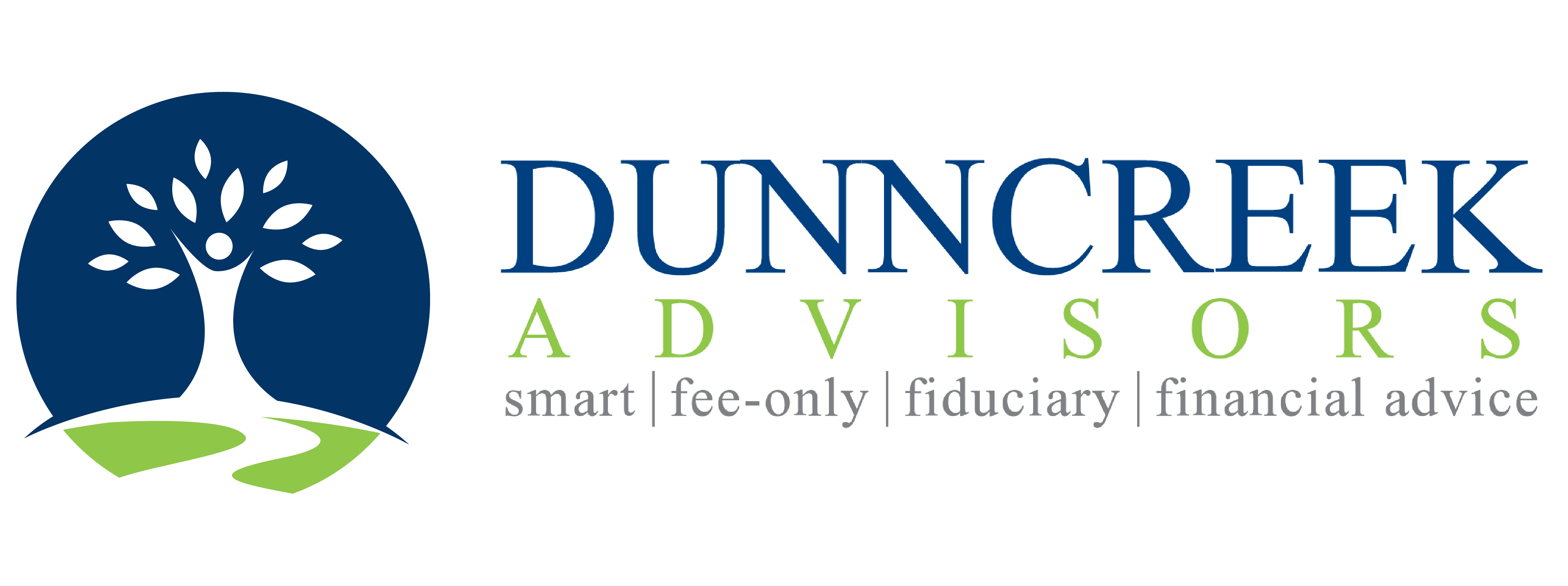Is it possible to have too much stock in your mix of retirement investments? A recent Fidelity Investments analysis suggests maybe so. Fidelity is one of the largest retirement plan custodians and its analysis looked at more than 30 million retirement accounts. The analysis found that more than 37 percent of Baby-Boomer-aged plan participants had more stocks in their accounts than recommended by Fidelity’s target date funds for their age group.
If you are in your middle 50s and plan to retire at 70, Fidelity’s Freedom Fund Tool recommends 42 percent U.S. stocks and 28 percent international stocks. That’s about 70 percent stock. So the Boomers in the analysis must have had more than that. Is that too much? Is that more than you have?
Well, it depends.
In my financial planning philosophy, it’s all about timing. I believe the mix of investments should be guided by the time frame when you expect to need to consume the money.
As you look at a bucket of money that is all intended to pay for your retirement living expenses, I suggest the following six-step approach:
- Pick the date you plan to start pulling money from savings to pay your monthly bills. The farther in the future this date is, the better. Call this day Financial Freedom Day (FFD).
- Five years prior to your FFD, pull one year’s worth of living expenses out of your investments and place it in a short-term bond fund. Your investments should hold a professionally selected mix of stocks from the U.S. and foreign countries giving you shares in large and small companies from around the world.
- Four years prior to FFD, move another year’s worth of money out of your investments into the short-term bond fund.
- Three years prior to FFD, move another year’s worth of money out of your investments into a three-year fixed term fund. (This is like a CD. It pays interest and will mature to cash in 36 months.)
- Two years prior to FFD, move another year’s worth of money out of your investments into a two-year fixed term fund.
- One year prior to FFD, move one year’s worth of spending money to cash.
Now you are ready to start consuming this money to pay your living expenses. You have all the money for year one in cash. The money for year two will come due before year end. And you can replace the cash you spent with a distribution from your investments and place it in a three-year fixed term fund.
This approach gives you five years of insulation from any stock market downturn. You have enough cash and short-term bonds to pay your bills for five years. If the situation required, you could consume all that money before you needed to sell any stocks.
Part of what makes this approach work is a confidence in the process. You will see red numbers in the stock accounts in some years. It will be scary at times to think that this is the nest egg and that it’s shrinking. If you own quality investments and have steady advice you will ride through these challenging times without trouble.
That’s where I recommend the advice of a financial planner. A great financial planner has experience, training and a client-focused business model. The best place to find these folks is at Find Your CFP® Professional.
This site will help you locate a CERTIFIED FINANCIAL PLANNER™ professional near you.
As you visit with financial planners, I suggest a couple things to check:
- Is the advisor always the client’s advocate – a fiduciary advisor?
- Is the advisor only paid by clients, not any financial product manufacturer or distribution network? That would be a fee-only advisor.
These two points help assure that you are working with a professional who is committed to your best interest at all times. It seems sort of obvious to me that a professional would work in this way, but it’s not automatic.
A fiduciary, fee-only, CFP® professional can help you make great retirement income choices and develop a comprehensive financial plan that is driven by your goals and priorities and addresses all aspects of your financial life. With a big-picture approach, you will be better prepared to understand your options at every step along the way.
Yes, I am a CFP® professional. I’m always a fiduciary and I only work on a fee basis. And yes, I’m still taking on a few great families to be part of my financial planning practice.
If this article has you thinking about your own circumstances, contact my office at rdunn@dunncreekadvisors.com. I am always happy to meet with people who are working on their retirement plans. Dunncreek Advisors does not provide legal or tax advice, nor is this article intended to do so.


 Five Wealth-Destroying Habits to Avoid
Five Wealth-Destroying Habits to Avoid